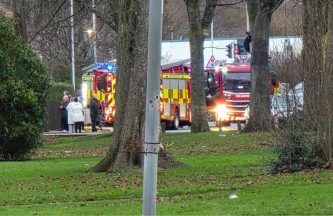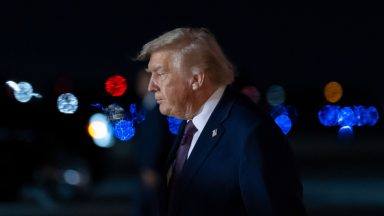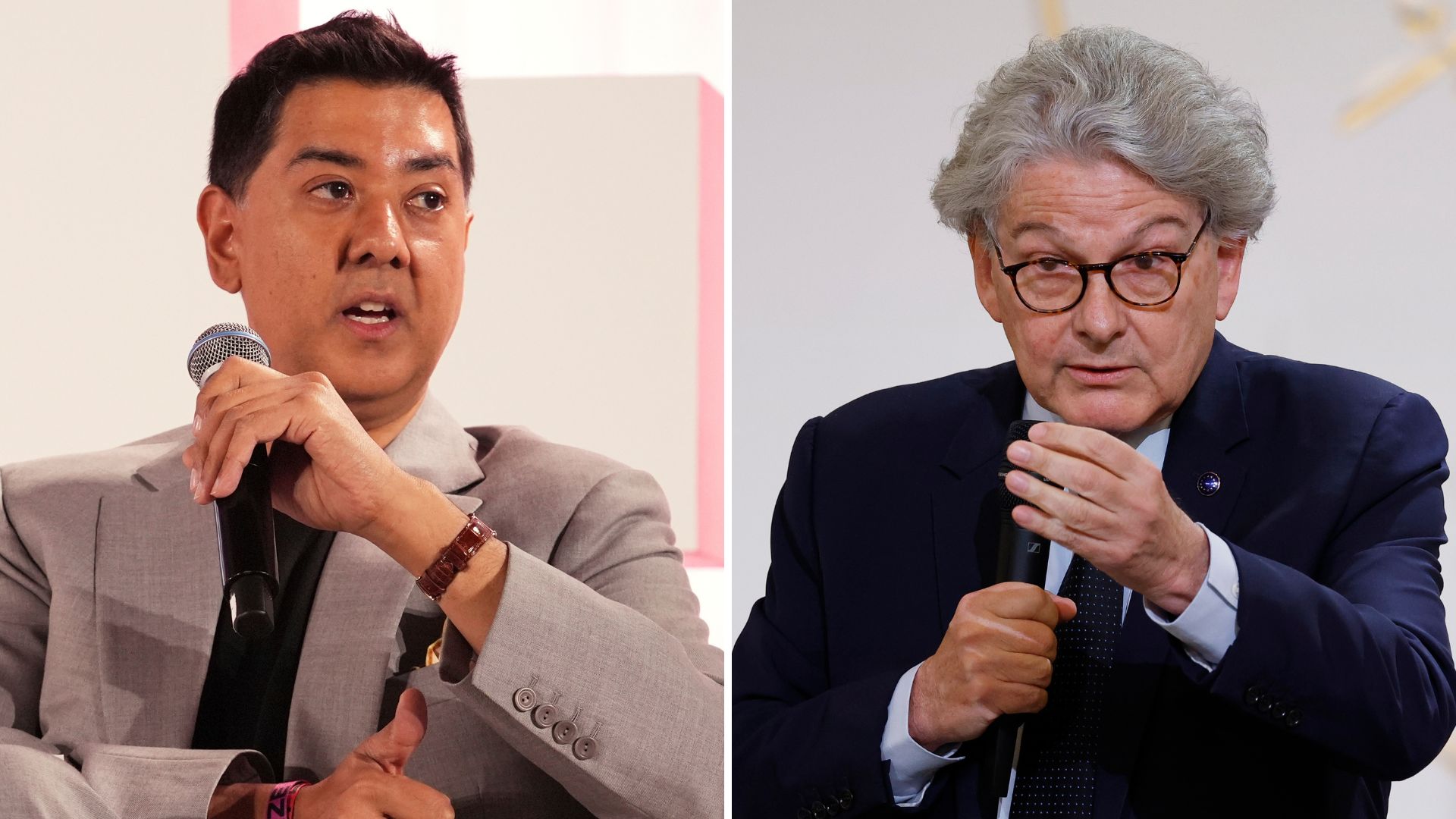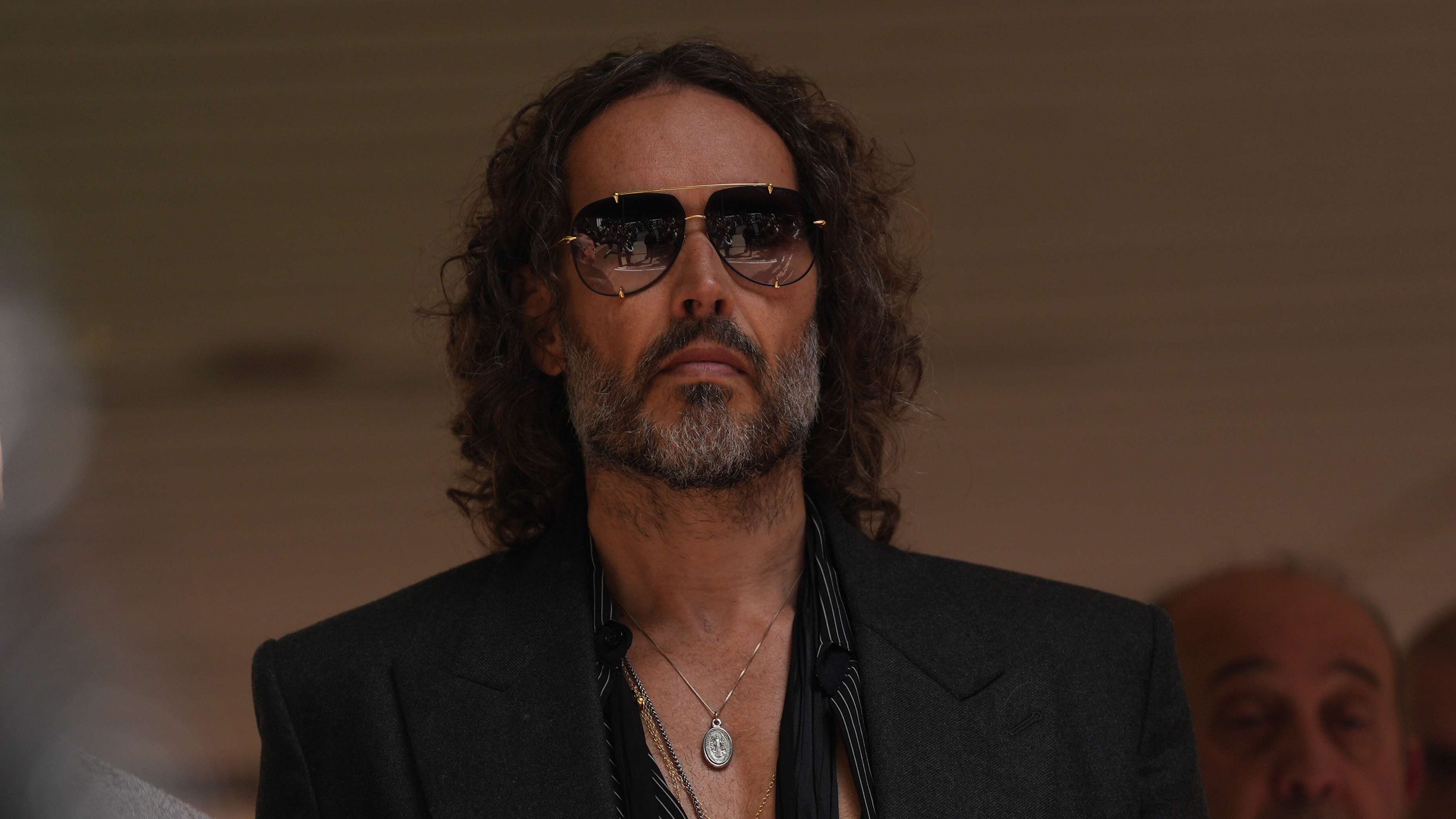A state funeral will be held on Monday, September 19 after the death of Queen Elizabeth II.
Before the funeral, the Queen will lie-in-state in Westminster Hall for four days, to allow the public to pay their respects. She will be buried at the King George VI Memorial Chapel in Windsor.
What is a state funeral?
A state funeral is a public ceremony held to honour people of national significance and include the public in a national day of mourning.
It is overseen by the Earl Marshal, an officer of state, and paid for by the UK Government.
Events in London began on Wednesday with a military procession, which saw a horse-drawn gun carriage take the coffin from Buckingham Palace to Westminster Hall, as members of the royal family followed.
The Queen’s coffin was placed on a platform known as a catafalque, guarded by soldiers that serve the royal household.
Her casket was covered in the royal standard and topped with the imperial state crown, orb and sceptre at Westminster Hall.
The Archbishop of Canterbury conducted a short service assisted by The Very Reverend Dr David Hoyle, Dean of Westminster.
Lying-in-state then began, giving members of the public an opportunity to visit Westminster Hall to view the coffin and pay their respects.
The funeral
Heads of state from across the globe will be in attendance at the funeral along with senior politicians and former prime ministers.
On the morning of Monday, September 19, the lying-in-state period will end and the coffin will be taken in procession from the Palace of Westminster to Westminster Abbey.
Following the funeral service, the coffin will travel in procession to Wellington Arch and then onto St George’s Chapel in Windsor.
A committal service will then take place – the casket will be lowered into the royal vault before being interred in the King George VI Memorial Chapel.

When was the last state funeral?
The last state funeral in the UK was in 1965 following the death of Winston Churchill, the prime minister during the Second World War from 1940-1945 and again from 1951 to 1955.
His service was held at St Paul’s Cathedral followed by a burial at St Martin’s Church.
The last royal to have a state funeral was Queen Elizabeth’s father, King George VI, in 1952 at St George’s Chapel in Windsor.
Other royal funerals
A number of high-profile royal funerals have taken place during the Queen’s reign, including the Queen Mother, Princess Diana and Prince Phillip – all of these have been ceremonial funerals.
Ceremonial funerals are considered more private and do not require parliamentary approval or funding. They are often held for the heir to the throne and royals who hold high military rank.
State funerals are usually reserved for people of huge national significance, particularly reigning monarchs.
National mourning
National mourning will last until the day of the Queen’s funeral. It has so far seen sports schedules postponed, strikes cancelled and government activity scaled back.
On Monday, business, schools and other public services will be closed or scaled back during the funeral.
A period of royal mourning will continue for seven days after the funeral – flags at royal residences will remain at half-mast and the royals may wear mourning armbands.
The last major period of national mourning was in honour of the Duke of Edinburgh following his passing on April 9, 2021.
Follow STV News on WhatsApp
Scan the QR code on your mobile device for all the latest news from around the country


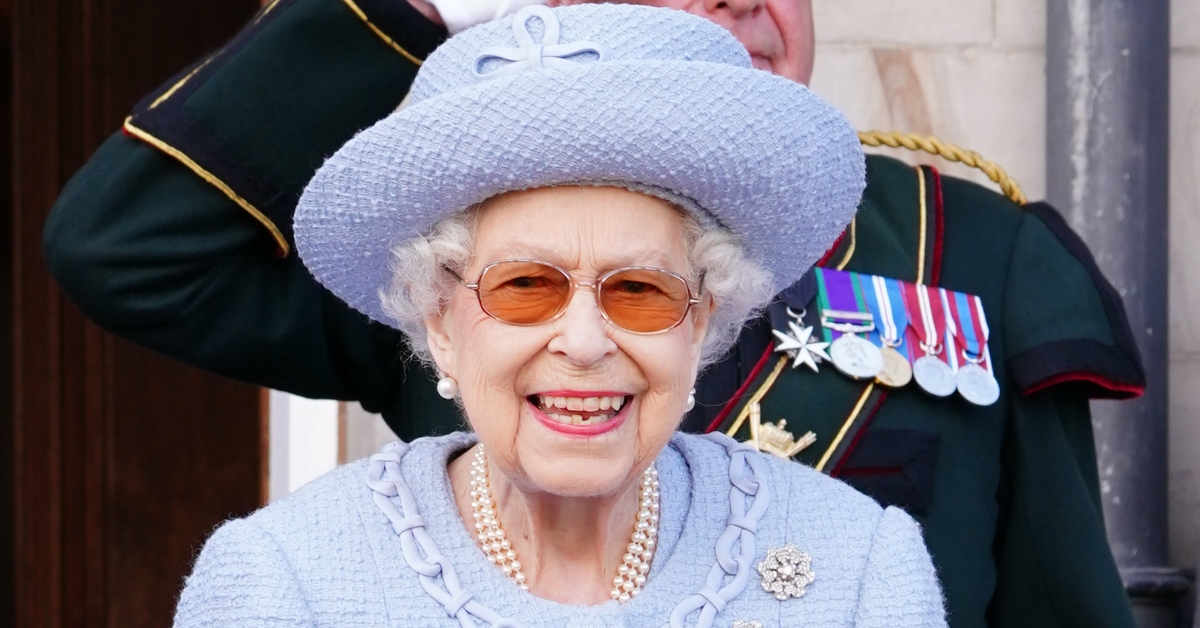 Royal Family
Royal Family






